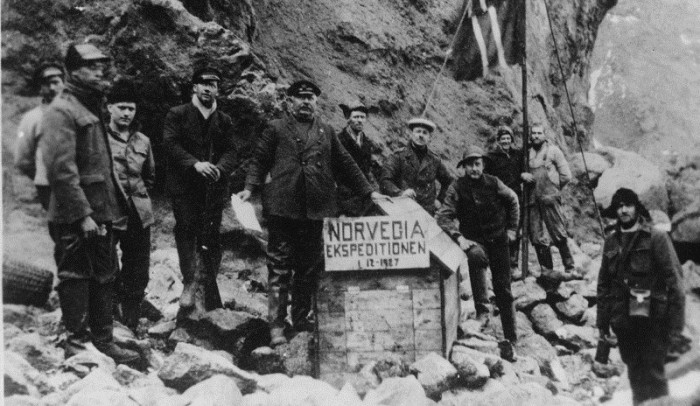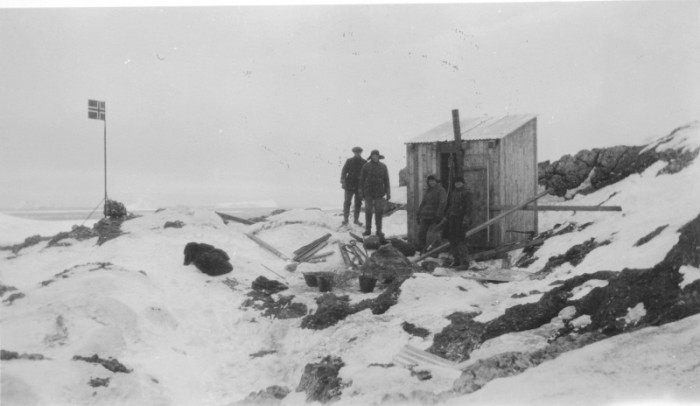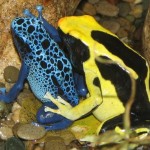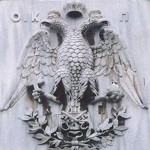Bouvet Island — Remotest Island Of The World
- Published by
- Posted on
- Leave your thoughts
-
The original discovery can be traced back to Jean-Baptiste Charles Bouvet de Lozier in 1739; however no one was able to find it due to his inaccurately recorded coordinates. Therefore it was not stumbled across until 1808 when James Lindsay, a British whaler found it and named it Lindsay Island. In 1825 it was named Liverpool Island when the whaler Captain Norris found it. In 1927 Norway floated around the island for a month before claiming it. There were several disputes over the next century as to who the island belonged to. In 1930 it was decided to be a Norwegian dependency. In 1971 the name and credit of discovery was properly given to Jean-Baptiste.
Photo of Cape Valdivia, Bouvet Island, Norwegian uninhabited island in the South Atlantic Ocean. The image is mirrored
There is no population because there would be no way to sustain life on such a frozen land. The closest lands to Bouvet are more than 1000 miles away. Queen Maud Land of Antarctica is just over 1,000 miles and Cape Town is about 1600 miles away. Therefore living off of this island and depending on shipments could be quite the challenge.
Bouvet Island is a frozen inactive volcano. The majority of the island is covered by a glacier! The island is in the Antarctic region of the map therefore far too cold to enjoy the human-less environment on a vacation. 93% of the island is covered in ice and the coast is almost entirely inaccessible. Due to its inaccessibility not many have been able to actually explore the land.
The best way to gain access to the island is to fly a helicopter from a ship and gently land on the slippery surface of Bovet. Apparently the glacier does not seem to be the issue with exploration it is simply the jagged edges of the coast line that explorers cannot get past.
According to the few who successfully gained access to the land, the vegetation is limited to lichens and mosses. Sea birds, seals, and penguins have been the only inhabitants since its discovery.
Norway has declared Bouvet Island and its adjacent waters a nature reserve therefore its animals and any studies of it is protected. Since 1977 Norway has used the island to study penguins and fur seals, via an automated meteorological station. Even the remotest island has an internet domain of its own, for now Norway says it will not be used.

The annexation of the island on 1 December 1927.

The first hut, built on Kapp Circoncision, in 1929.
In 1990 scientists, radio operators, and a film crew made a trip to Bouvet Island. A helicopter flew them and their supplies from the ship to the island. The radio operators went to set up communications with the world. While there they managed to contact 50,000 amateur radio operators. The scientists stayed on the ship to map the population of seals and penguins. The film crew of course was there to document the entire stay for movies and TV usage.
In 1994 a field building was constructed, of course by the Norwegians. About 388 square feet container building. In October of 2007 it was announced that via satellite the building was no longer visible. Later it was discovered that an avalanche or landslide wiped the building right off of its foundation.
The movie Alien vs. Predators from 2004 uses Bouvet as its geographical setting. In the unedited version that is available in Norway under the name Bouvetoya the satellite actually focuses in on the island.
Although there are not currently any announced plans for this island there must be something in the works considering there is now radio communications as well as satellite communications, a field building being rebuilt, an internet domain, as well as an established time zone. Only time will tell.




